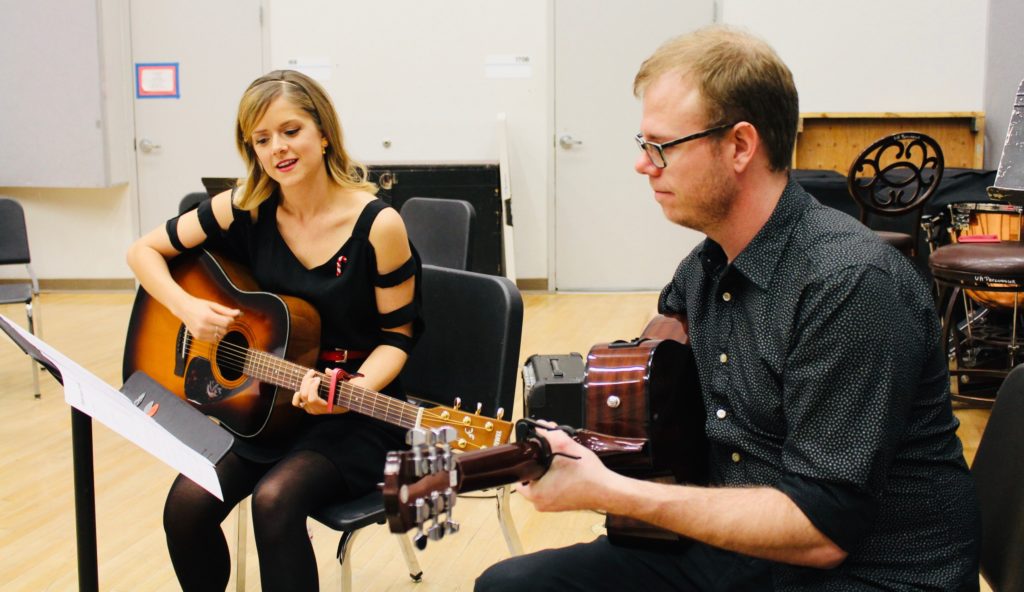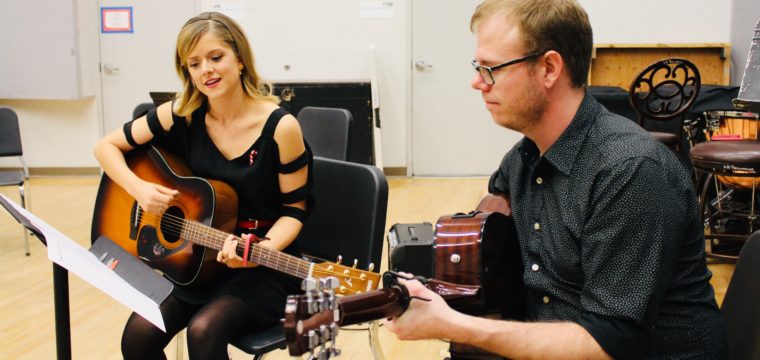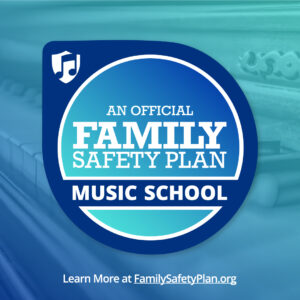
counterintuitive
adjective: counter-intuitive; adjective: counterintuitive
- contrary to intuition or to common-sense expectation (but often nevertheless true).
Learning to play music is a counterintuitive experience. We do not inherently possess knowledge of how to play music. For example: it feels extremely un-natural to hold an instrument correctly. That’s why it’s crucial to have a good music teacher: They will guide you through this process so that you don’t develop bad habits. Often, the technique that feels the most “natural” at first is actually completely wrong!
Developing effective practice skills is also a counterintuitive process. The majority of beginners rush home to learn a new piece of music, pick up their instrument, and proceed to practice mistake after mistake. It’s exasperating. And practicing mistakes doesn’t make you sound better, it just makes you better at playing the mistakes!
So how do we avoid this and begin to practice music in a way that we are GUARANTEED to IMPROVE?
First, we need to accept one principle that will govern our entire practice routine.
Principle: Your mind controls your fingers and your music making
Therefore, we must work on understanding as much of the material as possible BEFORE we play it! Counterintuitive? Absolutely.
Here are my steps to learning a new piece of music or song. Many of these steps merit their own article or book. I’ll get to that later. For now, do your best and ask your teacher to help you.
Instructions
Master each step before moving to the next.
Master all steps before you attempt to play the measure or selection on your instrument
System for Learning Music
- Count and Clap the Rhythms
a. Count the “lowest common denominator” aloud and clap the rhythms.
b. You can’t expect to play the rhythms AND the notes if you don’t understand the rhythms by themselves
c. If having trouble, practice LESS material. ie: one measure.
d. If having trouble, practice SLOWER
2. Name the notes and visualize where they are played on your instrument
a. Name the notes with the correct rhythms
b. Try to sing the pitches
c. Name the fingerings
d. Name one clef at a time (piano)
e. If having trouble practice LESS material at a time. ie: one measure
Q and A
I’ve mastered the counting and the notes and fingerings to the first measure of my new song. What next?
- Count and play the measure (count aloud)
- Sing the notes or fingerings and play (sing aloud)
I spent half of my practice time on only one measure, is that OK?
Absolutely. It’s quality, not quantity that counts. However, you’ll find that this system actually makes your ability to learn and read music progress at a MUCH faster rate!
Principles
- Your mind controls your fingers and your music making
- Practice LESS material at a time if making mistakes (one measure or even less)
- Practice SLOWER if you are making mistakes
System Review
- Count and Clap
- Sing and name the notes
- Name the fingerings
- Count and Play
- Sing and Play

